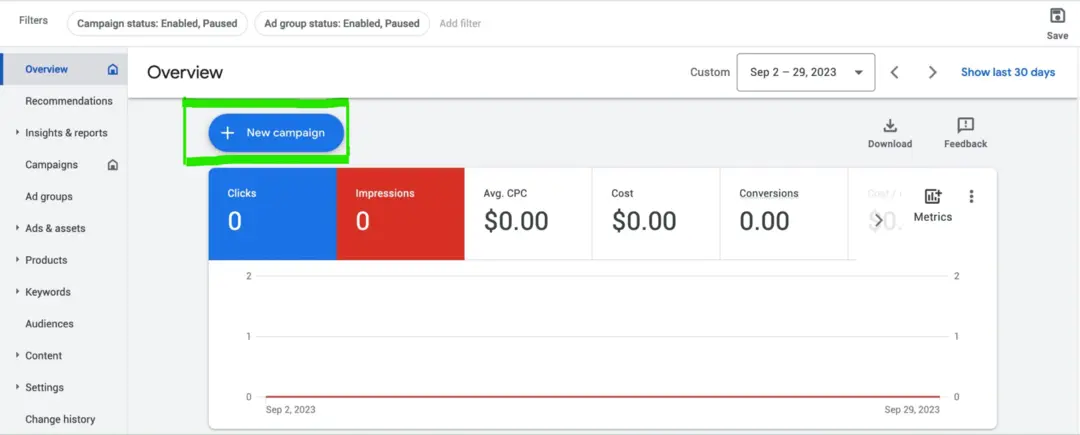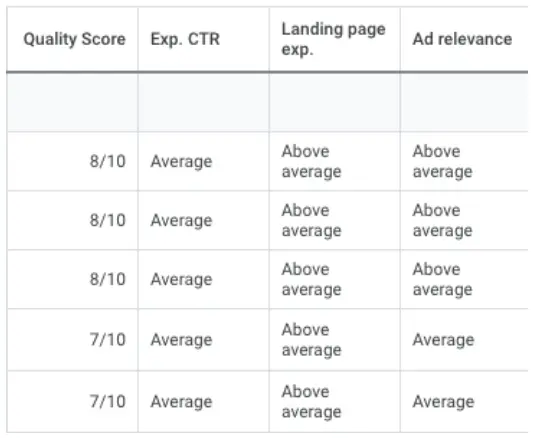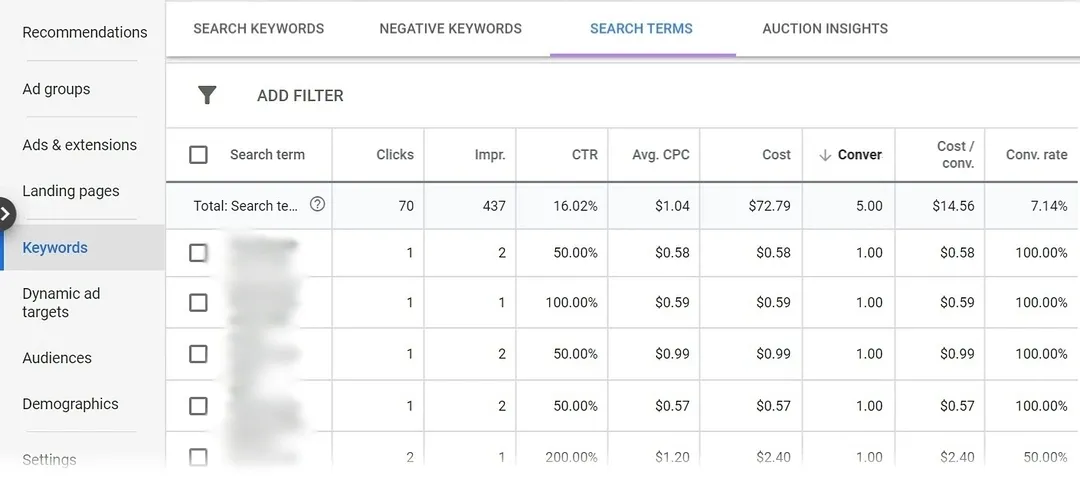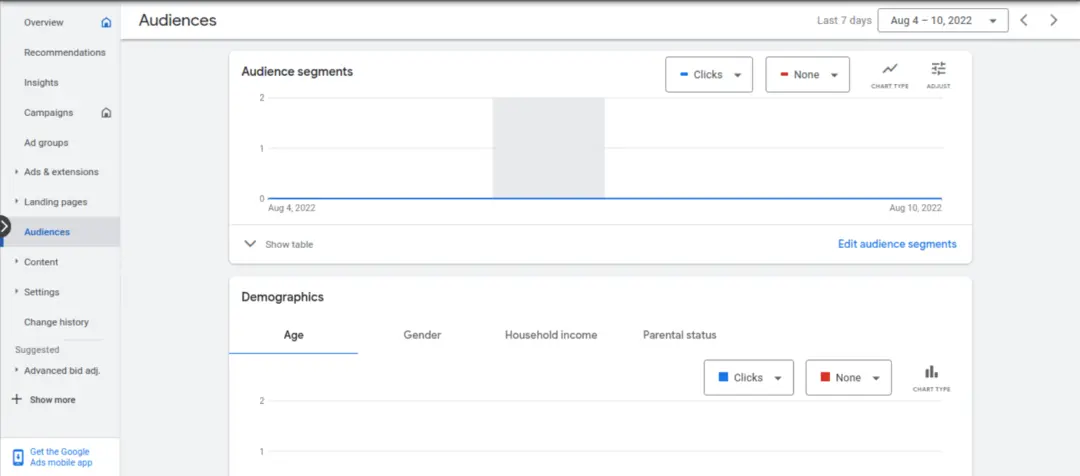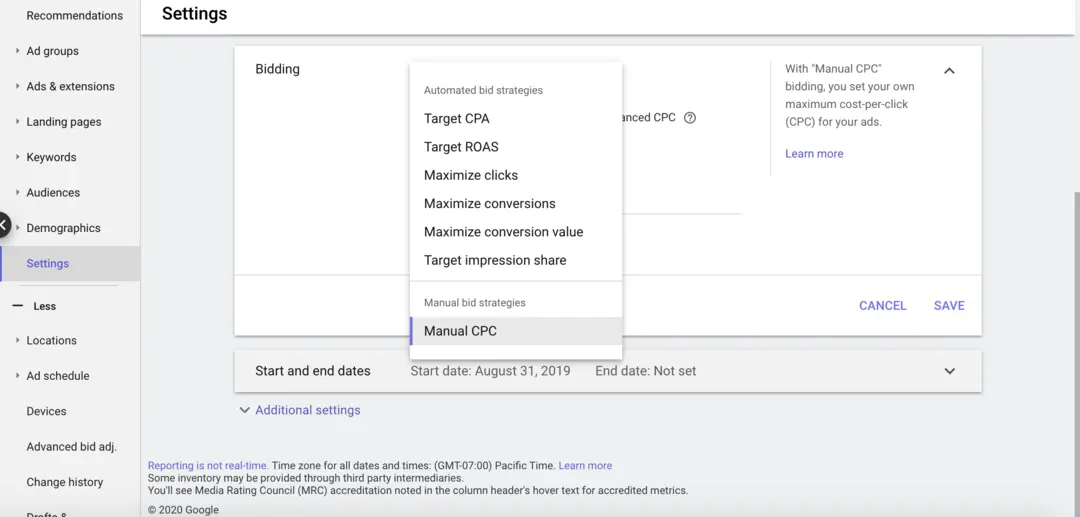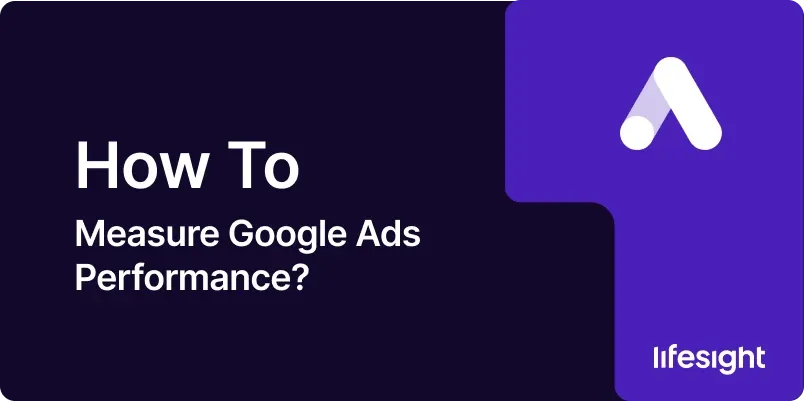
Introduction
Measuring the performance of your Google Ads campaigns is fundamental to understanding the impact of your advertising efforts and optimizing for success. With a plethora of metrics available, it’s crucial to focus on the key performance indicators (KPIs) that align with your business goals. This step-by-step guide will walk you through the process of measuring Google Ads performance, providing insights into the metrics that matter and empowering you to make informed decisions.
Step 1: Access Google Ads Dashboard
Begin by logging into your Google Ads account. If you don’t have an account, you’ll need to create one to start running advertising campaigns.
sign-in-google-ads-account
Step 2: Navigate to Campaigns
Once in the Google Ads dashboard, click on the “Campaigns” tab. This section houses all your active campaigns.
navigate-to-campaigns-in-google-ads
Step 3: Understand Key Metrics
Before delving into specific campaigns, familiarize yourself with key metrics that gauge performance. These include Click-Through Rate (CTR), Conversion Rate, Cost per Click (CPC), and Return on Ad Spend (ROAS). Understanding these metrics will set the foundation for effective performance measurement.
Step 4: Evaluate Campaign-Level Metrics
Click on a specific campaign to access detailed metrics for that campaign. Review metrics such as Impressions, Clicks, Cost, and Conversions. Assess the performance against your campaign objectives.
Step 5: Analyze Ad Groups
Within each campaign, you’ll have ad groups. Click on an ad group to examine metrics specific to that group. Evaluate the performance of individual ad groups to identify areas for improvement.
Step 6: Assess Ads and Keywords
Dig deeper by analyzing individual ads and keywords within an ad group. Identify high-performing ads and keywords contributing to conversions. Optimize or pause underperforming elements to enhance overall campaign efficiency.
Step 7: Set Up Conversion Tracking
Ensure that conversion tracking is correctly set up in your Google Ads account. Conversion tracking allows you to measure actions that matter, such as form submissions or purchases. Verify that conversion data aligns with your business objectives.
setup-conversion-tracking
Step 8: Review Quality Score
Quality Score is a crucial metric that reflects the relevance and quality of your ads and landing pages. A higher Quality Score often leads to lower costs and better ad placements. Review and enhance Quality Scores to improve campaign performance.
keyword-quality-score-column-in-google-ads
Step 9: Monitor Search Terms Report
Access the Search Terms report to see the actual search queries triggering your ads. Identify relevant and irrelevant queries. Add negative keywords to exclude irrelevant searches and refine your targeting.
search-term-report-in-google-ads
Step 10: Explore Demographics and Devices
Analyze performance based on demographics and devices. Understand which demographics and devices contribute most to your goals. Adjust bids and targeting settings accordingly to optimize for high-performing segments.
demographics-and-devices-in-google-ads
Step 11: Utilize Bid Strategies
Experiment with different bid strategies based on your campaign goals. Google Ads offers various bid strategies like Target CPA or Maximize Conversions. Test and analyze the impact of different bid strategies on your campaign performance.
select-bidding-strategy-in-google-ads
Step 12: Implement Ad Extensions
Ad extensions provide additional information in your ads, enhancing visibility and engagement. Utilize ad extensions like site link extensions or callout extensions to improve the performance of your ads.
Step 13: Regularly Review Reports
Frequent monitoring is key to successful campaign management. Regularly review performance reports in Google Ads. Assess trends, identify areas for improvement, and make data-driven decisions to refine your campaigns.
Step 14: Leverage Google Analytics Integration
Integrate Google Ads with Google Analytics for a holistic view of user behavior. Use Google Analytics to analyze user journeys, identify touchpoints, and gain deeper insights into the impact of your ads on website engagement and conversions.
Step 15: A/B Testing (Optional)
Consider running A/B tests for ad creatives, headlines, or landing pages. A/B testing allows you to compare different elements and determine which variations drive better results. Implement changes based on successful test outcomes.
Summary
Measuring Google Ads performance is an ongoing process that involves understanding, analyzing, and optimizing various metrics. By following these steps, from assessing overall campaign metrics to refining individual elements, you can gain actionable insights and continuously enhance the effectiveness of your advertising efforts.
Free essential resources for success
Discover more from Lifesight

